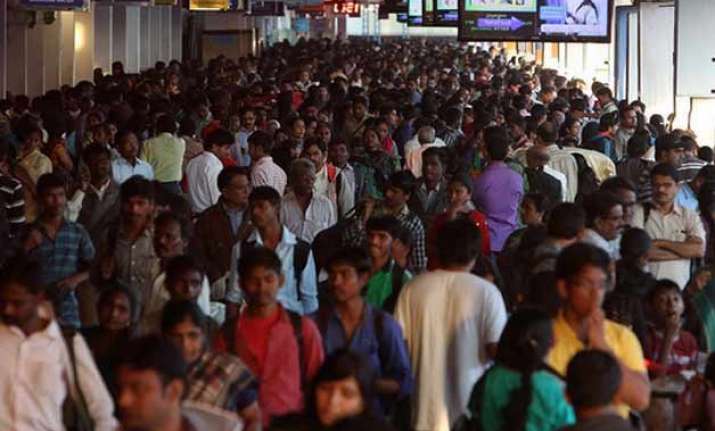
Indian analysts and economists said there was no cause for alarm in becoming the world’s most populous country as India’s growth in that regard has been slowing and its majority-young population could be a boon if it creates more opportunities for education and employment. Trends also suggest that more people will live in Nigeria than in the US by 2050, with Nigeria’s population predicted to double from 201.0 million people to 401.3 million people. While there was no official reaction from India to the UNFPA report last week, China said dividends from population growth did not only depend on quantity but also on quality and that China’s talent dividend was booming. By 2050, India will surpass China as the most populous country in the world, with an estimated 1.67 billion people. “Nevertheless, as a proportion of the total population, the growth of the older population in India will be much slower than in China,” it added. “By contrast, India’s population is expected to continue growing for several decades.”īetween 20, the number of people aged 65 or over was expected to nearly double in China and to more than double in India, DESA said. Projections indicate that the size of the Chinese population could drop below 1 billion before the end of the century,” DESA said. “China’s population reached its peak size of 1.426 billion in 2022 and has started to fall. Last year, some population experts had used UN data to project India’s population would touch 1,425,775,850 on April 14, 2023.īut UN population officials had said it was not possible to pinpoint a date because of uncertainty relating to data from India and China, with India's last census held in 2011 and the next, which had been due in 2021, being delayed by the COVID-19 pandemic. “China will soon cede its long-held status as the world’s most populous country,” it said, adding that “due to the uncertainty associated with estimating and projecting populations, the specific date on which India is expected to surpass China in population size is approximate and subject to revision.” India’s population is expected to reach 1,425,775,850 by the end of this month, DESA said, based on the latest UN estimates and projections of the global population. The announcement by the UN’s Department of Economic and Social Affairs (DESA) comes days after the UN Population Fund said last week India would have 2.9 million more people than China by the middle of 2023.

News’ 2022 Best Countries rankings also is included, and you can learn more about how countries are assessed for the rankings in our methodology.NEW DELHI, April 24 (Reuters) - India’s population is expected to match China’s by the end of April and then to surpass it as the world’s most populous country, the United Nations said on Monday. These are the 25 largest countries by population as of 2021, according to the World Bank, along with corresponding data on population density – meaning people per square kilometer of land area – as of 2020.ĭata from U.S. The 25 most populous countries in the world were home to nearly two-thirds of the global population in 2021, according to data published by the World Bank, accounting for about 5.8 billion out of. Sub-Saharan Africa was home to some of the fastest-growing countries among the world’s most populous, with three increasing their population by more than 30% since 2011. In 2021 – the latest year for which data compiled by the World Bank from a variety of sources is available – Asia was home to the largest share of the most populous countries in the world, trailed by Africa, Europe and North and South America. 15 as the day the global population would reach 8 billion, yet noted the overall growth rate appeared to be slowing: It’s expected to take another 15 years until the tally hits 9 billion, up from the 12 years it took to go from 7 billion to 8 billion people. In 2022, the United Nations projected Nov. The size of the world’s population and the rate at which it changes holds ramifications for key areas such as food security, climate change and economic development. Meanwhile, two countries on the list have fewer total people than a decade ago. 2 are expected to switch positions in 2023. The same three countries have topped the list as the world’s largest by population for decades, even as No.1 and No.


The 25 most populous countries in the world were home to nearly two-thirds of the global population in 2021, according to data published by the World Bank, accounting for about 5.8 billion out of approximately 7.9 billion people overall.


 0 kommentar(er)
0 kommentar(er)
